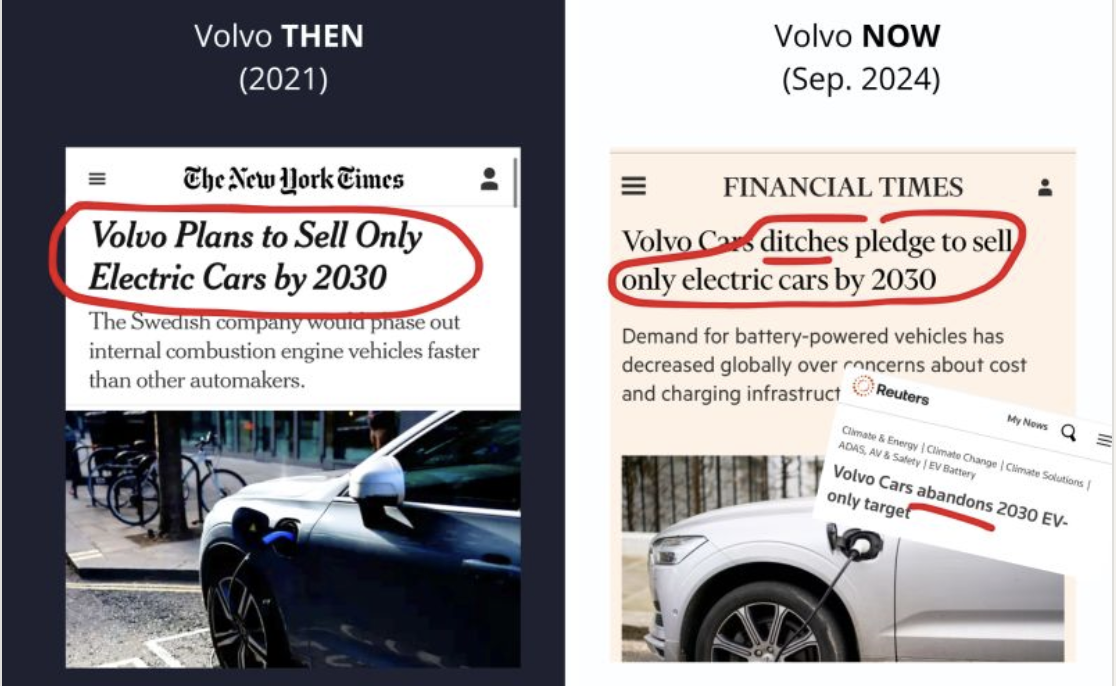Here’s another example of the “if we only get the models right, we can predict the world” fallacy.
This fallacy is one of the major drivers of technoscientific climate change research, as well as health research. It is the positivist scientific program which believes that our models and theories and observations will all line up and reveal the truth that we can deploy to create and control an ordered world according to unchanging, non-localized principles, so that we can bring about the end of history, and the burden of conscience and decision.
It turns out, however, that all the complex systems which are more complicated than we can ever model (in part because there are more variables than we have or could account for) make it very difficult to control the future.
And indeed, let us not delude ourselves into thinking that this is not our aim. Control over the future is the aim of technoscience.
Usually, this control is so that we can ride the line of catastrophe as long as possible without tipping over. It is the embrace of razor-thin margins, and requiring everything to go exactly as according to plan.
It is the opposite of buffer room (slack), flexibility, and redundancy. It is the opposite of expecting things to fail, and having plan Bs and Cs and Zs that don’t require plan A to go exactly according to plan without destroying the world through the domino effect.
Which is a problem, when things don’t go according to plan. Then, all of the assurances that we can keep on polluting, manufacturing crap, and eating and unloading all sorts of crap (literal and metaphorical), lands us with a quiet “oops!”
When the future does not fit our always overly optimistic models (just take the increasingly dire IPCC reports over the past 30 years, each with more catastrophic and less conservative predictions than the last), everyone loses; but especially those who had to sacrifice to maintain the illusion of a viable status quo to begin with.
